Introduction to 300m3 FRP Water Storage Tanks
Fiberglass Reinforced Plastic (FRP) water storage tanks are a robust solution for storing large volumes of water, and the 300m3 FRP water storage tank is a prime example of this technology. These tanks are designed to meet the needs of a variety of industrial, municipal, and agricultural applications, providing a reliable water storage solution.
Design and Construction Features
The design of 300m3 FRP water storage tanks focuses on durability and longevity. Constructed from a composite material made of a polymer matrix reinforced with fibers, these tanks are known for their corrosion resistance and strength-to-weight ratio. The tanks are manufactured using advanced techniques such as filament winding or hand lay-up processes, ensuring uniform quality and performance.
Applications and Uses
FRP tanks of 300 cubic meters are versatile in their applications. They are commonly used in water treatment facilities, chemical storage, and irrigation systems, among others. Their non-corrosive nature makes them suitable for storing various types of water, including potable, grey, and rainwater, as well as an array of chemicals.
Advantages of FRP Tanks
The advantages of using FRP water storage tanks are numerous. They are notably low maintenance due to their resistance to rust and algae growth. Additionally, their lightweight construction simplifies transportation and installation processes compared to traditional materials like concrete or steel.
Customization and Variability
While the 300m3 size FRP tank is a standard, these tanks can be customized to specific dimensions and shapes to fit unique space requirements or storage capacities. Accessories such as ladders, level indicators, and manways can be integrated to enhance functionality and accessibility.
Environmental Impact and Sustainability
Environmental sustainability is a significant consideration in the production of FRP water tanks. The materials used are often non-toxic and recyclable, contributing to a lower environmental footprint. Moreover, the longevity of FRP tanks means less frequent replacement and reduced waste.


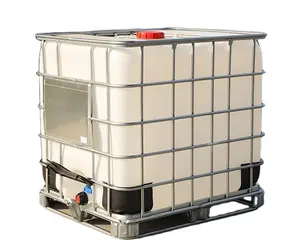



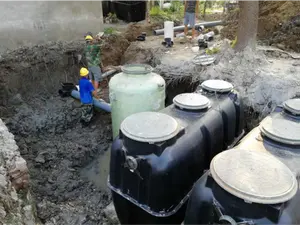



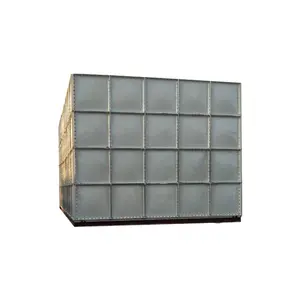




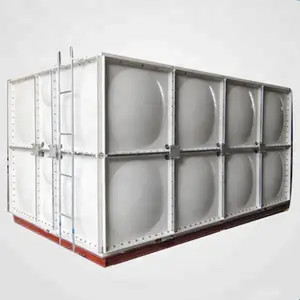

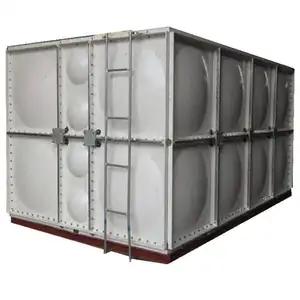


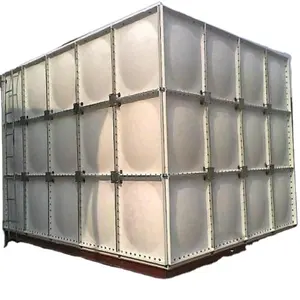



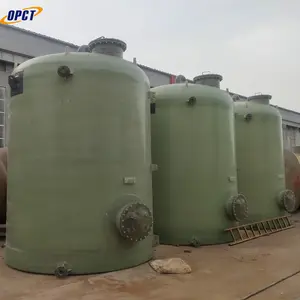
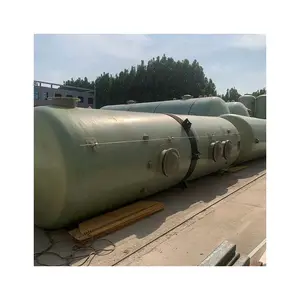

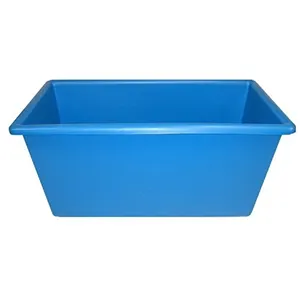






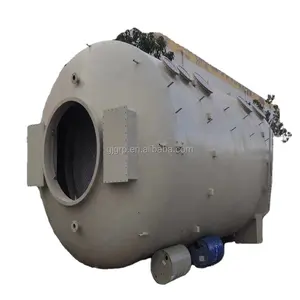

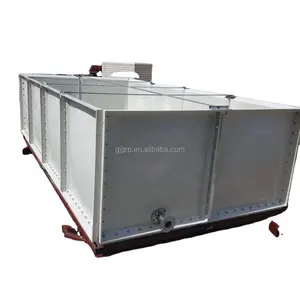


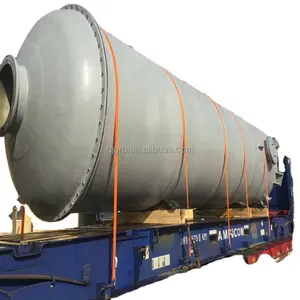
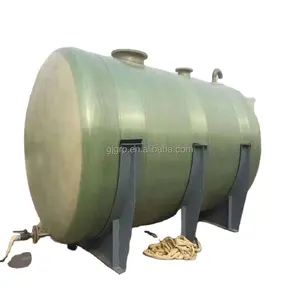

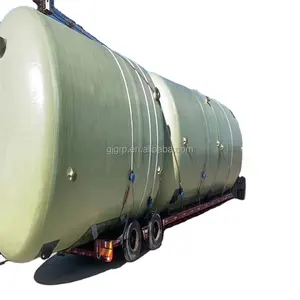



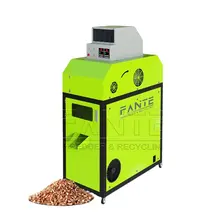





























 浙公网安备 33010002000092号
浙公网安备 33010002000092号 浙B2-20120091-4
浙B2-20120091-4